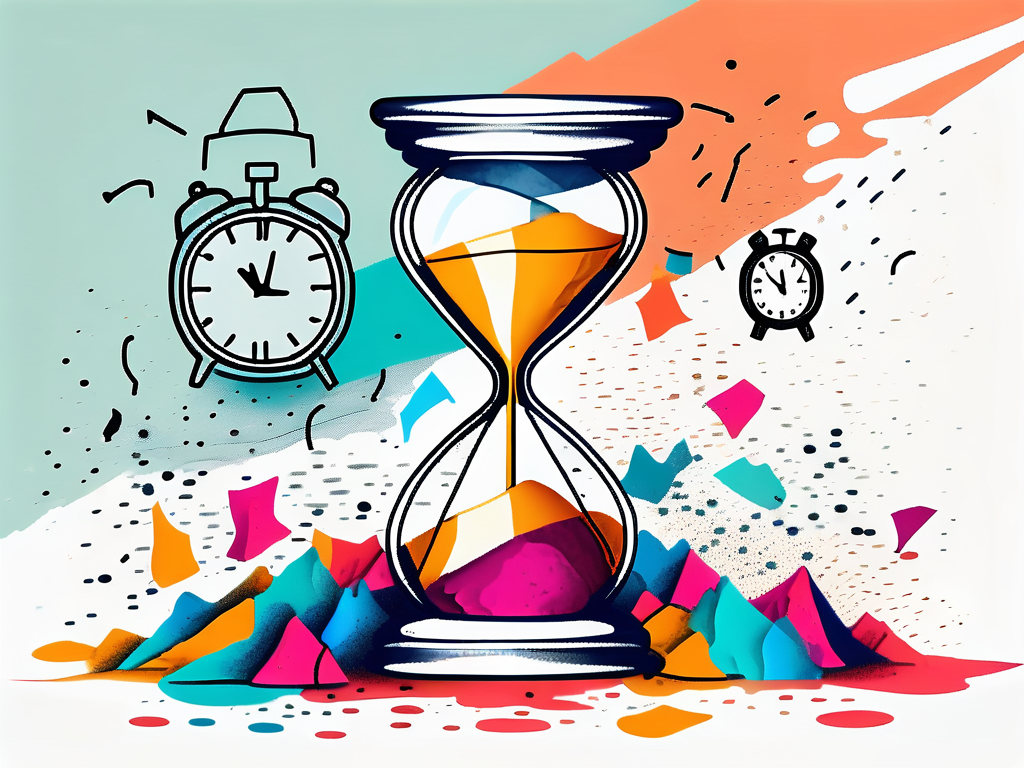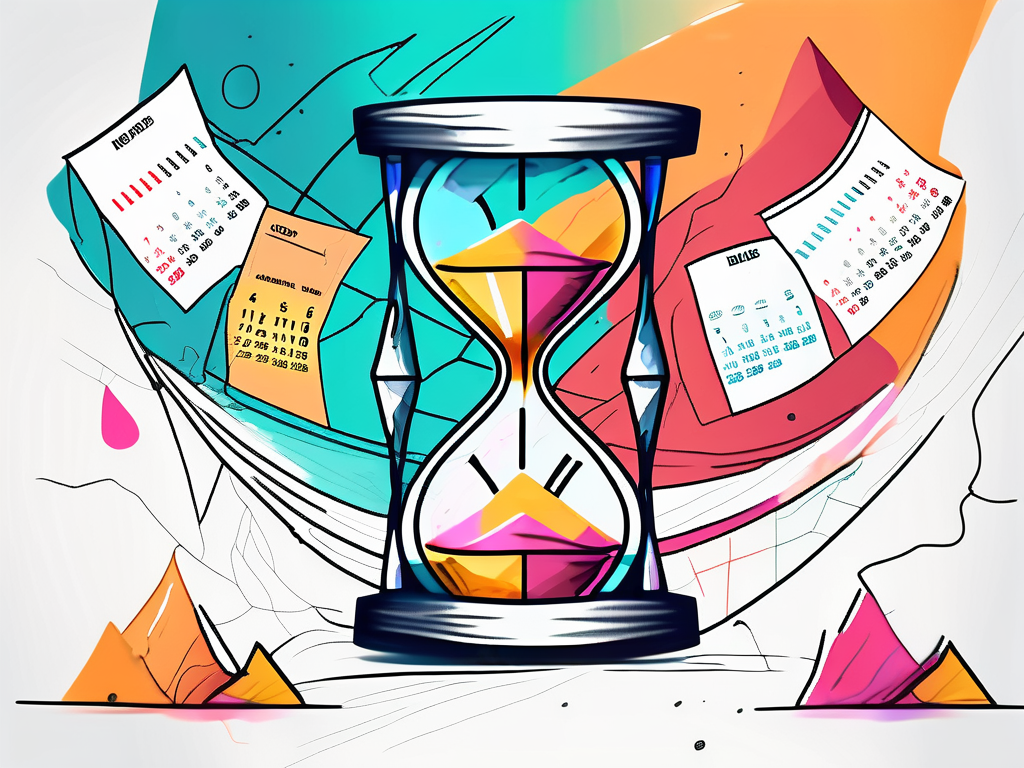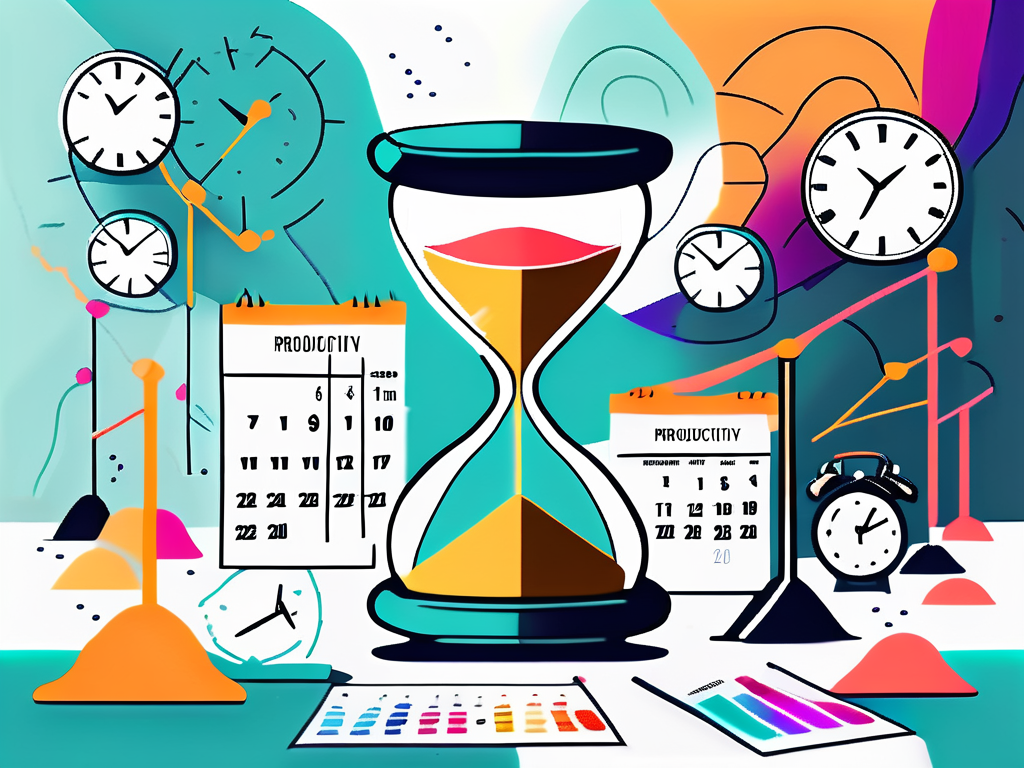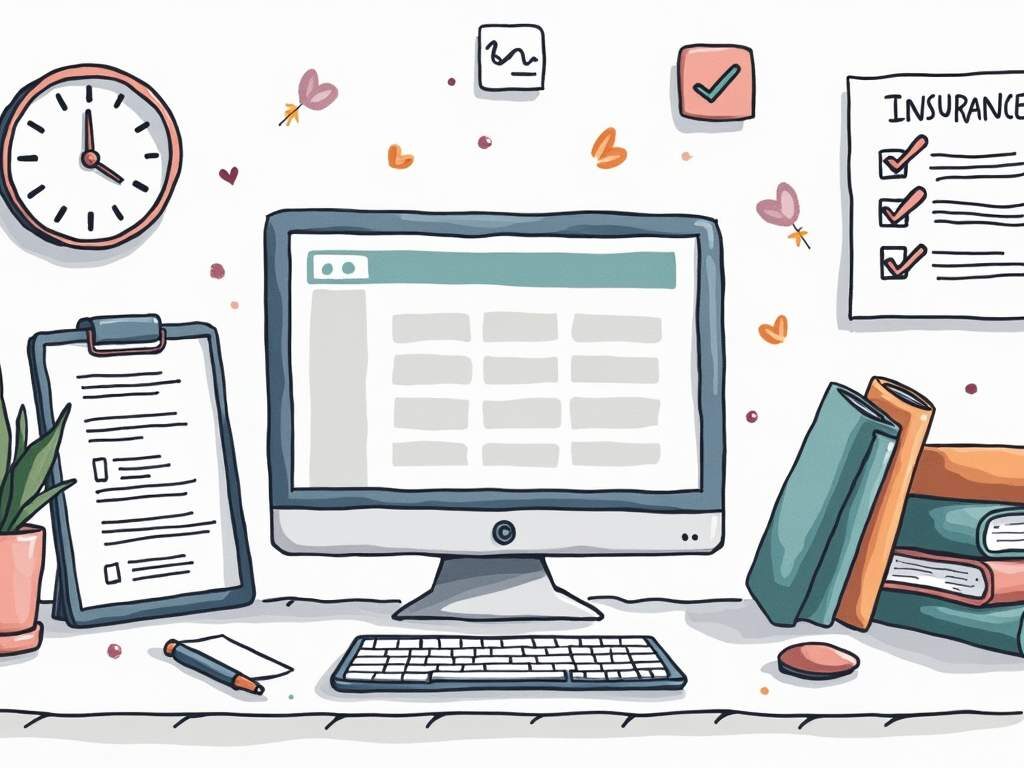Procrastination is a common challenge that many individuals face in their personal and professional lives. It can hinder productivity, creativity, and overall well-being. This article explores how understanding the roots of procrastination, embarking on a journey toward productivity, and implementing effective time management strategies can transform a procrastinator into a highly productive individual.
Understanding Procrastination
Understanding procrastination is the first step in conquering it. This behavioral issue is often misunderstood, with many simply attributing it to laziness. However, the reality is much more complex.

The Psychology Behind Procrastination
Procrastination is commonly rooted in psychological factors. At its core, it stems from a deeper anxiety about the tasks at hand. When we fear failure or feel overwhelmed, we tend to avoid the tasks that provoke these feelings. This avoidance creates a cycle where the pressure mounts, leading to even more procrastination.
Moreover, the immediate gratification offered by distractions—be it social media, entertainment, or other less pressing tasks—can seem more appealing than the long-term benefits of completing a challenging task. This desire for instant rewards can make procrastination a hard habit to break.
Common Causes of Procrastination
There are various reasons why people procrastinate. Some of the most common causes include:
- Fear of Failure: Avoiding a task to escape the risk of not succeeding.
- Perfectionism: Waiting for the perfect moment or conditions before starting a task.
- Lack of Motivation: Feeling uninterested or unenthusiastic about the task at hand.
- Overwhelm: Feeling daunted by the scale of the task, leading to inaction.
Identifying these causes can help individuals formulate a plan to counteract the tendency to procrastinate. Additionally, understanding the role of self-discipline is crucial. Self-discipline is not just about willpower; it involves creating an environment that minimizes distractions and fosters focus. Techniques such as the Pomodoro Technique, where work is broken into intervals with short breaks, can help maintain productivity and reduce the urge to procrastinate.
Furthermore, the impact of procrastination extends beyond just the individual. It can affect relationships, work performance, and overall mental health. When deadlines are missed or commitments are not fulfilled, it can lead to feelings of guilt and shame, further perpetuating the cycle of avoidance. Recognizing the broader implications of procrastination can motivate individuals to seek effective strategies to break free from this counterproductive pattern.
The Journey to Productivity
Transitioning from procrastination to productivity is a journey that requires self-awareness and commitment. This shift involves recognizing the need for change and actively pursuing strategies to foster productivity.
Recognizing the Need for Change
For many people, the realization that procrastination is detrimental to their success is a crucial turning point. This recognition often stems from feelings of guilt, frustration, or stress as deadlines loom or important tasks remain incomplete.
Acknowledging this need for transformation can inspire individuals to take the first steps towards better time management. It marks the beginning of a commitment to change one’s habits and improve overall efficiency. The emotional weight of procrastination can be heavy, often leading to a cycle of avoidance that exacerbates anxiety. Understanding that this cycle can be broken is empowering, allowing individuals to reclaim their time and focus.
Setting Goals and Priorities
Once the need for change is established, setting clear, achievable goals becomes essential. The SMART criteria—Specific, Measurable, Achievable, Relevant, and Time-bound—serves as a helpful guide for goal-setting.
Additionally, establishing priorities allows individuals to focus their attention on what truly matters. By organizing tasks based on urgency and importance, individuals can create a roadmap that paves the way from procrastination to productivity. This prioritization not only aids in managing workloads but also fosters a sense of accomplishment as individuals check off completed tasks. Moreover, utilizing tools such as to-do lists or digital planners can enhance this process, providing visual cues that keep motivation high and distractions at bay.
Time Management Strategies
Effective time management is the backbone of productivity. The ability to plan and organize one’s time can significantly reduce procrastination and enhance efficiency.
The Importance of Planning
Planning serves as an invaluable tool for managing time. By laying out tasks in advance, individuals can visualize their workload and allocate time slots accordingly. This not only reduces uncertainty but also provides a clear path to follow.
Daily or weekly planners, whether physical or digital, can serve as a foundation for effective planning. By committing to a structured schedule, individuals minimize the likelihood of procrastination and streamline their efforts toward accomplishing their goals. Furthermore, the act of writing down tasks can reinforce commitment, as it transforms abstract ideas into tangible objectives. Regularly reviewing and adjusting these plans can also help individuals stay adaptable, ensuring that they remain on track even when unexpected challenges arise.
Techniques for Effective Time Management
Numerous techniques exist to enhance time management skills. Some notable methods include:
- The Pomodoro Technique: This involves working in short bursts (typically 25 minutes), followed by a five-minute break, helping maintain focus and combat fatigue.
- Time Blocking: Allocating a specific timeframe for each task or group of tasks creates a clear sense of structure in one’s day.
- Prioritized To-Do Lists: Crafting a list that ranks tasks in order of importance ensures that critical responsibilities are addressed first.
Incorporating these techniques can lead to significant improvements in how individuals manage their time and, consequently, their productivity. Additionally, it’s essential to recognize the role of technology in time management. Various apps and software can assist in tracking tasks, setting reminders, and even analyzing how time is spent throughout the day. By leveraging these tools, individuals can gain insights into their habits, allowing for further refinement of their time management strategies. Ultimately, the combination of traditional methods and modern technology can create a robust framework for achieving personal and professional goals.
Overcoming Challenges
The path to productivity is not without its obstacles. Challenges such as distractions and motivation dips can derail the best-laid plans if not addressed.

Dealing with Distractions
Distractions come in many forms, from digital notifications to unexpected interruptions. To combat these, it’s crucial to create a focused environment. This might involve minimizing distractions by silencing mobile devices, using apps that block distracting websites, or finding a quiet space in which to work.
Establishing boundaries with colleagues or family members can also help reduce interruptions and create a conducive work atmosphere. Additionally, employing techniques such as the Pomodoro Technique, where work is broken into intervals with short breaks, can enhance concentration. This method not only helps in managing time effectively but also allows the mind to recharge, ultimately leading to increased productivity.
Moreover, it can be beneficial to identify specific triggers that lead to distractions. Keeping a distraction journal for a week can help pinpoint patterns and allow for proactive strategies to be implemented. By understanding what pulls focus away, one can create tailored solutions that address personal challenges directly.
Maintaining Motivation
While strategies may improve time management, sustaining motivation is an ongoing challenge. Setting smaller milestones and celebrating small victories can keep the momentum alive. Furthermore, regularly revisiting and adjusting goals can maintain a sense of purpose and direction in one’s efforts.
Incorporating rewards for achieving goals can also encourage continued progress and make the journey enjoyable. This could range from simple pleasures, like taking a break to enjoy a favorite snack, to more significant rewards, such as treating oneself to a night out after completing a major project. Engaging in activities that inspire creativity or relaxation can also rejuvenate the mind, making it easier to tackle future tasks with renewed energy.
Additionally, seeking inspiration from others can play a crucial role in maintaining motivation. Joining a community of like-minded individuals or following motivational speakers can provide fresh perspectives and encouragement. Sharing experiences and challenges with peers can foster a sense of accountability and support, making the journey toward productivity feel less solitary.
The Transformation: From Procrastination to Productivity
Ultimately, the true measure of success lies in the transformation that occurs from adopting effective time management practices. This change does not happen overnight, but with consistent effort and the right strategies, individuals can embrace productivity.

The Impact of Effective Time Management
Once mastered, effective time management can lead to not only increased productivity but also enhanced quality of life. Reduced stress levels, better work-life balance, and a heightened sense of achievement are some of the many benefits that come with effectively managing one’s time.
Additionally, as individuals become more adept at managing their tasks, they often find themselves gaining more free time, which can be redirected toward personal interests or self-care. This newfound time can be utilized to explore hobbies, invest in relationships, or even engage in physical activities that contribute to overall well-being. The ripple effect of improved time management can be profound, as it not only enhances personal satisfaction but also fosters a more positive and fulfilling environment both at home and at work.
Sustaining Productivity in the Long Run
The final step in this transformation is ensuring that productivity is maintained in the long term. This involves regularly assessing one’s time management strategies, making necessary adjustments, and staying aware of personal productivity patterns.
Building a habit of reflection—periodically analyzing what works and what doesn’t—can help individuals stay on track and adapt as needed. By embracing this continuous cycle of improvement, anyone can sustain their transition from procrastination to lasting productivity. Furthermore, incorporating tools such as digital planners or productivity apps can provide additional support in tracking progress and maintaining accountability. These resources can serve as reminders of goals and deadlines, helping to reinforce the commitment to productivity while also making the process more engaging and enjoyable.





